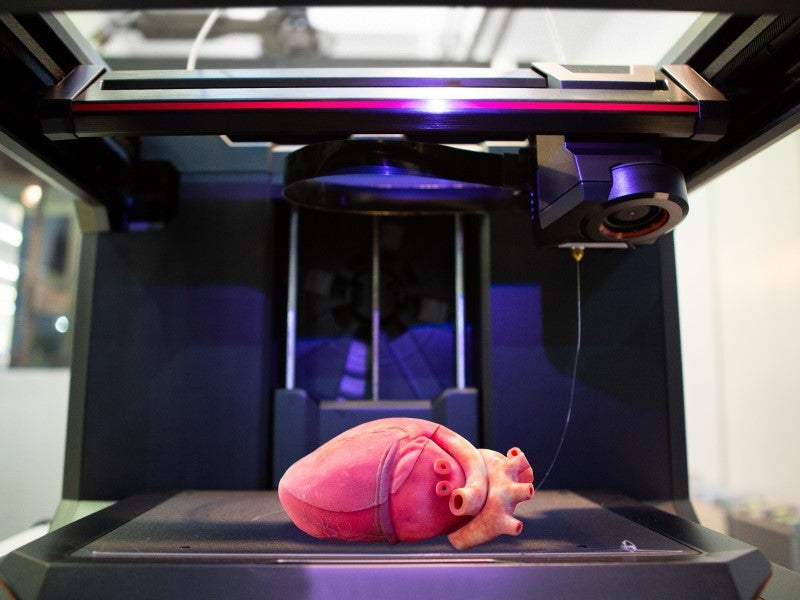Advancing Regenerative Medicine: Breakthrough in 3D Printing for Human Tissue Assembly

A groundbreaking advancement in the realm of regenerative medicine is on the horizon, thanks to a collaborative effort between bioengineers and biomedical scientists from the University of Sydney and the Children's Medical Research Institute (CMRI) at Westmead. This innovative endeavor has harnessed the power of 3D photolithographic printing to construct a complex environment for tissue assembly that remarkably emulates organ architecture.
The leading forces behind this pioneering achievement are Professor Hala Zreiqat and Dr. Peter Newman from the University of Sydney's School of Biomedical Engineering, along with developmental biologist Professor Patrick Tam, who spearheads CMRI's Embryology Research Unit. Their groundbreaking research findings have found a platform in the pages of Advanced Science.
Integrating the realms of bioengineering and cell culture techniques, this novel approach has successfully guided stem cells derived from blood cells or skin cells. These cells are skillfully directed to transform into specialized entities capable of forming intricate organ-like structures.
Analogous to a record player's needle navigating vinyl grooves to produce music, cells employ strategically positioned proteins and mechanical triggers. This orchestration allows them to navigate through their intricate environment, akin to natural developmental processes. The research team's latest breakthrough hinges on employing minute mechanical and chemical cues to meticulously replicate these cellular activities during development.
Professor Hala Zreiqat emphasizes, "Our innovative method serves as a blueprint for cells, offering them guidance to create tissues that exhibit enhanced organization, closely resembling their native counterparts. This achievement marks a significant stride toward the eventual 3D printing of functional tissues and organs."
Dr. Newman underscores the critical role of detailed instruction in the cellular construction process, comparing it to assembling a structure from assorted components: "Imagine attempting to construct a Lego castle by scattering blocks randomly on a table, hoping they'll magically align. Even though each block is designed to interconnect, a coherent plan is crucial. Without it, the outcome would likely resemble a pile of disjointed Lego blocks rather than a majestic castle."
The same principle, Dr. Newman elucidates, applies to building organs and tissues from cells. In the absence of precise instructions, cells could cluster unpredictably within erroneous frameworks. To address this, the team has ingeniously devised a systematic process that guides each cellular "building block" to its designated location and aids its connection with others.
Professor Tam reinforces the real-world implications of their breakthrough: "By bioengineering a cluster of cells and observing their system functionality, we can explore therapies employing functional cells to replace those lost due to ocular diseases."
He elaborates on the potential impact, especially in the realm of eye health: "Whether the macula, the retinal region responsible for central vision, has succumbed to hereditary conditions or trauma, the treatment approach remains uniform."
Empowering and transformative, this work holds the potential to address rare genetic afflictions and elevate quality of life. The team's pursuit of advancing this technique aligns with the goal of ushering regenerative medicine into a new era, opening doors to novel treatment avenues for diverse diseases.
As the journey continues, the future shines bright with the promise of revolutionary approaches in the realm of medical science and regenerative therapies.
